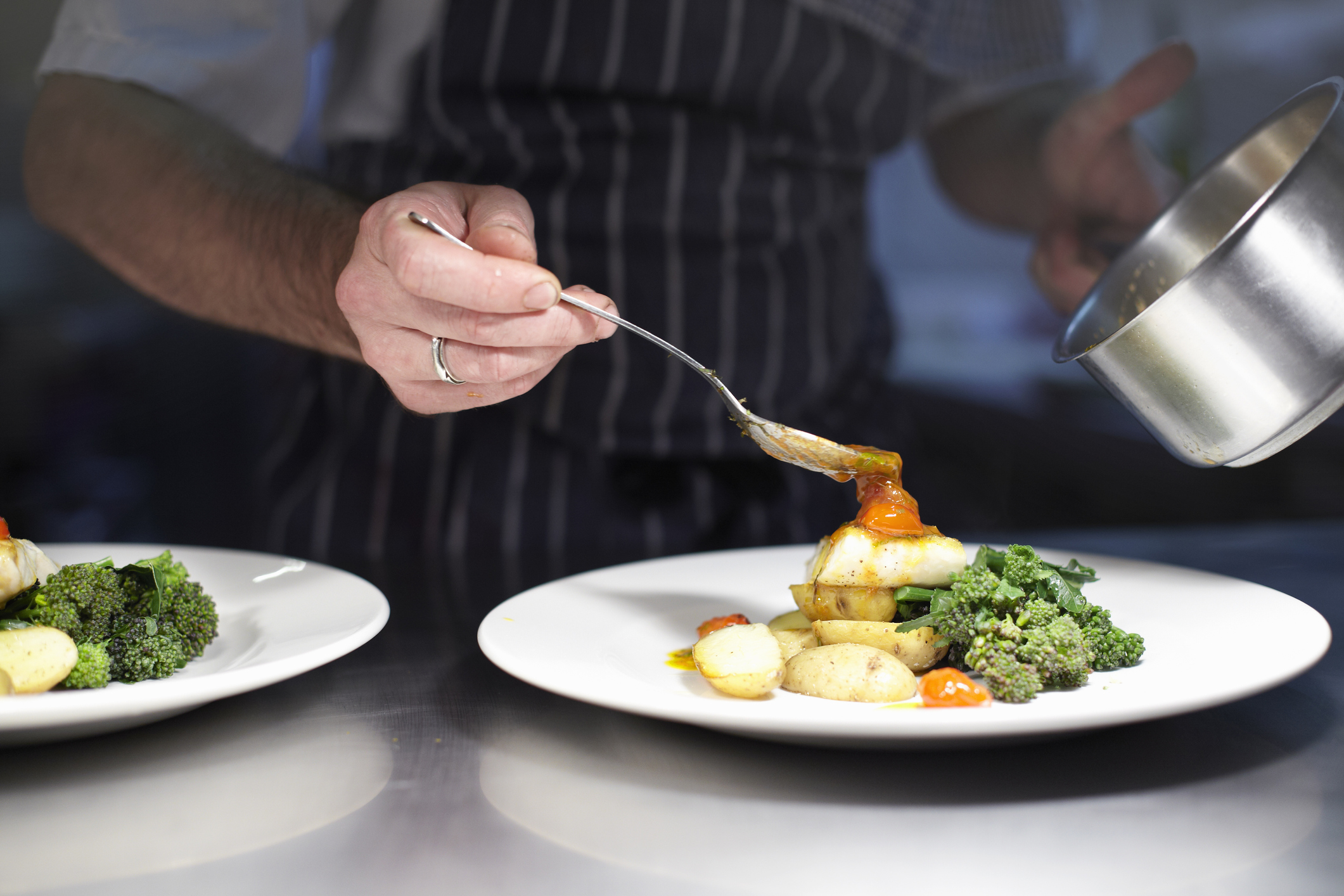Get Easy Health Digest™ in your inbox and don’t miss a thing when you subscribe today. Plus, get the free bonus report, Mother Nature’s Tips, Tricks and Remedies for Cholesterol, Blood Pressure & Blood Sugar as my way of saying welcome to the community!
Making sense of starches in your diet: The good and the deadly

Are potatoes a healthy food? I wish I could simply answer yes or no, but potatoes are a bit complicated.
This is mainly because potatoes have one of the highest glycemic index values of any food — higher than both table sugar and high fructose corn syrup.
So, when you eat them, your blood sugar levels jump, which in turn causes your blood insulin concentrations to increase. When that happens often enough you become insulin resistant. And prolonged insulin resistance can lead to type 2 diabetes.
But there are caveats to this. For instance, one study noted that the glycemic value of potatoes could be reduced depending on how they’re cooked or with what foods they’re consumed. And when consumed plain with the skin on, potatoes are low in calories and have plenty of potassium and phytonutrients, as well as some fiber.
This kind of contradiction isn’t unusual. For instance, whole grains are full of heart-protective compounds, while refined grains (those used in processed foods) really stack your odds of a heart attack or stroke.
But when it comes to starchy snacks — those made with white potato starch or other starches — there’s just not any good that can come of it, especially when it comes to cardiovascular disease (CVD). Because it turns out that even when you follow a healthy diet, those starchy snacks can undo just about all of it and increase your risk of an early death.
Starchy snacks can increase death risk
There’s a whole new category of study called chrono-nutrition that emphasizes the importance of what time of day specific foods are consumed and how that impacts a person’s well-being. For instance, the body may absorb a potato eaten at breakfast differently than one consumed at dinner.
But when it comes to starchy snacks, there really doesn’t seem to be any good time of day to eat them…
In research published in the Journal of the American Heart Association, researchers identified dietary patterns, including three main patterns for the morning meal: Western breakfast, starchy breakfast and fruit breakfast in a group of study participants.
Western lunch, vegetable lunch and fruit lunch were identified as the main dietary patterns for the mid-day meal. And the same pattern mimicked for evening meal.
When looking at snack patterns in between meals, the researchers categorized them as grain snack, starchy snack, fruit snack and dairy snack.
According to their findings:
- Eating a Western lunch (typically containing refined grains, cheese, cured meat) was associated with a 44 percent increased risk of CVD death;
- Eating a fruit-based lunch was associated with a 34 percent reduced risk of CVD death;
- Eating a vegetable-based dinner was associated with a 23 percent and 31 percent reduction in CVD and all-cause mortality, respectively; and
- Consuming a snack high in starch after any meal was associated with a 50-52 percent increased risk of all-cause mortality and a 44-57 percent increased risk in CVD-related mortality.
Did you catch that last bullet? Just eating a starchy snack after any of the meal types increased risk of death up to 57 percent!
That means if you are following a healthier eating pattern than the Western lunch, like the fruit-based lunch or vegetable-based dinner, a starchy snack could send your risks over to the dark side.
The power of resistant starch
Clearly, based on the results of this and other studies, it’s best for your health to avoid eating starchy snacks, like potato chips. And if you’re at higher risk of CVD or type 2 diabetes, it may be best to shun the potato altogether.
However, there’s a category known as “resistant starch” that actually provides some pretty impressive health benefits.
The reason these starches are known as “resistant” is that they resist digestion in the small intestine and pass into the large intestine mainly intact. Because they aren’t digested in the small intestine, they don’t raise glucose levels the way other starches do.
As they begin to ferment in the large intestine, these resistant starches act as prebiotics that feed the good bacteria in the gut, which helps to improve glycemic control. Other health benefits include an increased feeling of fullness, relief of constipation and lower cholesterol levels.
Sources of resistant starch include foods like plantains, green bananas, beans, peas, lentils, whole grains like oats and barley and cooked and cooled rice. Cooking these foods can reduce the amount of resistant starch they contain. However, cooking and cooling them afterward actually creates a different type of resistant starch that is also beneficial.
Editor’s note: Are you feeling unusually tired? You may think this is normal aging, but the problem could be your master hormone. When it’s not working, your risk of age-related diseases skyrockets. To reset what many call “the trigger for all disease” and live better, longer, click here to discover The Insulin Factor: How to Repair Your Body’s Master Controller and Conquer Chronic Disease!
Sources:
Starchy snacks may increase CVD risk; fruits and veggies at certain meals decreases risk — American Heart Association
Association of Meal and Snack Patterns With Mortality of All-Cause, Cardiovascular Disease, and Cancer: The US National Health and Nutrition Examination Survey, 2003 to 2014 — Journal of the American Heart Association
What is resistant starch? — The Johns Hopkins Patient Guide to Diabetes
Starchy snacks may increase CVD risk; fruits and veggies at certain meals decreases risk — EurekAlert













